The Edinburgh Realty Blog
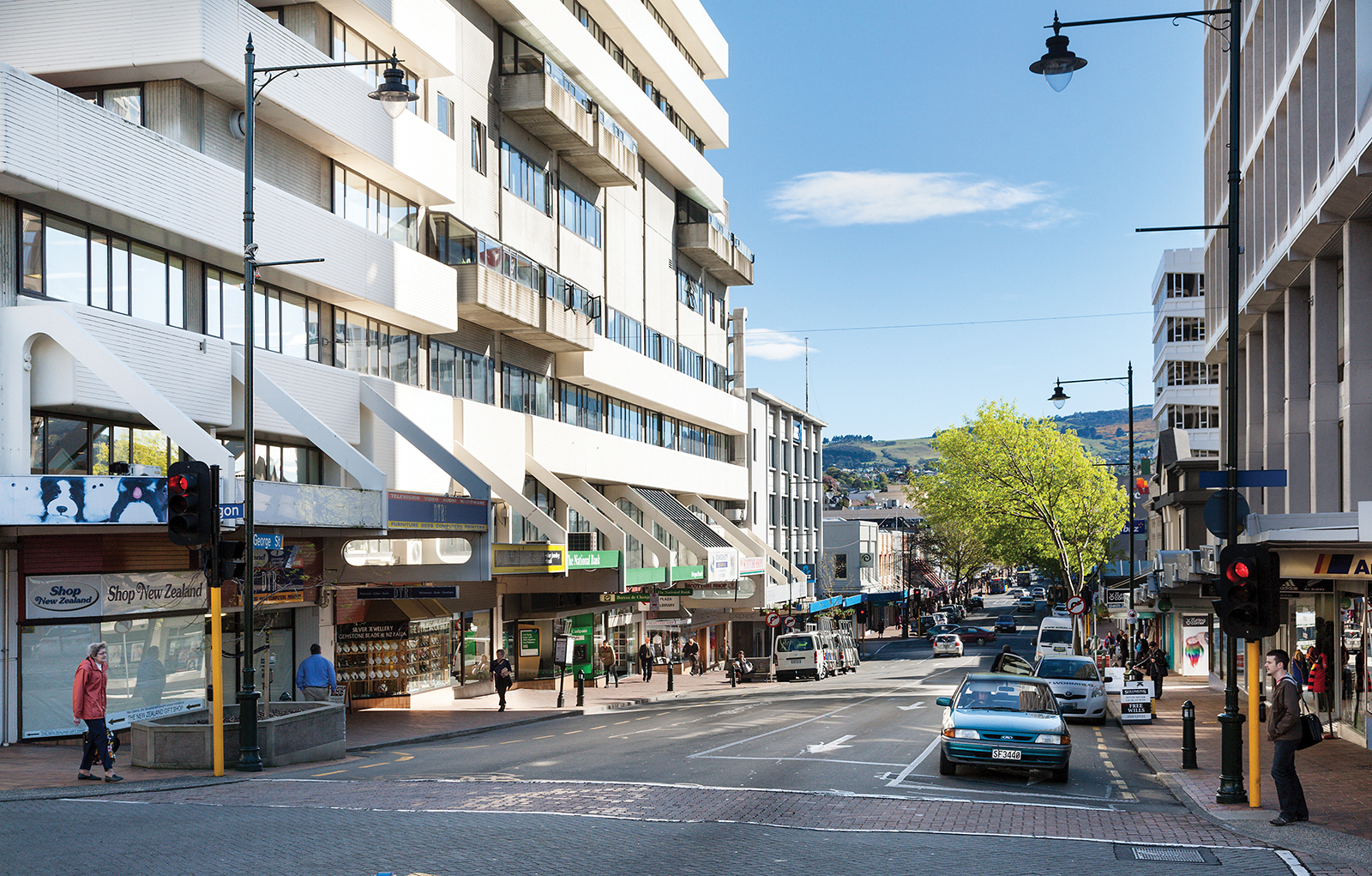
Dunedin Central
In the early years of Dunedin's settlement, much of the city's growth was on two areas of reasonably flat land close to the harbour, separated by the large Bell Hill and an area of low swampy land. As the city grew the swamp was drained to become the new city's centre, and the hill was lowered by excavation to allow access between the two areas of settlement. A street grid was set up with the main road split in two by the city centre (now The Octagon) - Princes Street to the south and George Street to the north. Both these names, along with many of the city's other street names, reflect those in Edinburgh, Scotland.
Bell Hill proved a major obstacle to travel south of the city centre, and major excavation work was carried out to provide access to the south. A cutting was made in the hill in 1858, and during the 1860s the hill was lowered by some 14 metres. Once the cut was completed, allowing for the passage of transport between the two parts of town, Princes Street quickly became the city's central business district, especially the area between the original docks (now the Exchange area).
Consequently, Princes Street is one of New Zealand's most historic streets, with about 70 buildings in close proximity listed on the New Zealand Historic Places Trust Register. Several notable companies have either been founded or had their headquarters in Princes Street. Notable among these were The Drapery and General Importing Company of New Zealand, later simply known as The D.I.C., Hallenstein's, and H.E. Shacklock. The first New Zealand headquarters of Briscoes were also located on Princes Street. Princes Street was at one point the location of a bridge across a small stream, the Toitu Stream, now diverted underground. A spring which fed the stream is still used as the source of water for Speight's Brewery, on Rattray Street.
The southern flank of the hill was also completely removed (that area now being occupied by Queen's Gardens). The stone removed from the hill was used as construction material for many of the city's first permanent buildings, and also to form the Southern Endowment, a large area of land reclaimed from the Otago Harbour. This reclamation work added a considerable area to the central city; the original docks, close to the Exchange area of Princes Street, are now several hundred metres inland.
A combination of money, good building stones and the then Scottish international pre-eminence in architecture saw a remarkable flowering of substantial and ornamental buildings, unusual for such a young and distant colony. R.A. Lawson's First Church of Otago and Knox Church are notable examples. Maxwell Bury's clock tower complex for the University (University of Otago Clocktower complex) and F.W. Petre's St Joseph's Roman Catholic Cathedral are others started in this time. Merchants like Edward Theomin built his grand town house Olveston and the Dunedin Railway Station was an opulent building, both completed in 1906. More companies and institutions were founded in these years, the Dunedin Public Art Gallery in 1884, the Otago Settlers Museum in 1898 and the Hocken Collections in 1910, all first of their types in New Zealand. After the war Modernist buildings appeared, such as the Dental School and Ted McCoy's Otago Boys' High School and Richardson building. By 1990 Dunedin had re-invented itself as the 'heritage city' with its main streets refurbished in Victorian style and R.A Lawson's Municipal Chambers in the Octagon handsomely restored.
The Octagon was first laid out during Charles Kettle's surveying of the city in 1846. The first major structure of any kind in the Octagon's reserve area was a monument erected in 1864 to the memory of Cargill. This was moved several hundred metres to The Exchange in 1872 to allow for the construction of a central roadway. In 1887 a statue of the poet Robert Burns was unveiled. In the early 1890s several improvements were made to The Octagon, including fencing, and the planting of plane trees along the edge of the central roadway.
In 1963, the council was given £5,000 by the Evening Star newspaper to build a fountain in the Octagon. The Star Fountain featured synchronised lighting, music and water displays, which played at regular times of the morning and evening. During the late 1980s, the Dunedin City Council substantially renovated the Octagon. The "new look" Octagon was in many ways an "old look", with covered walkways and Edwardian-style streetlights and fittings giving an antique look to the central city. The renovation of The Octagon, and particularly the addition of a plaza area, has seen an increase in al fresco dining in the Octagon, which is now a major hub for Dunedin's restaurant and cafe culture.
Image courtesy of Open2View

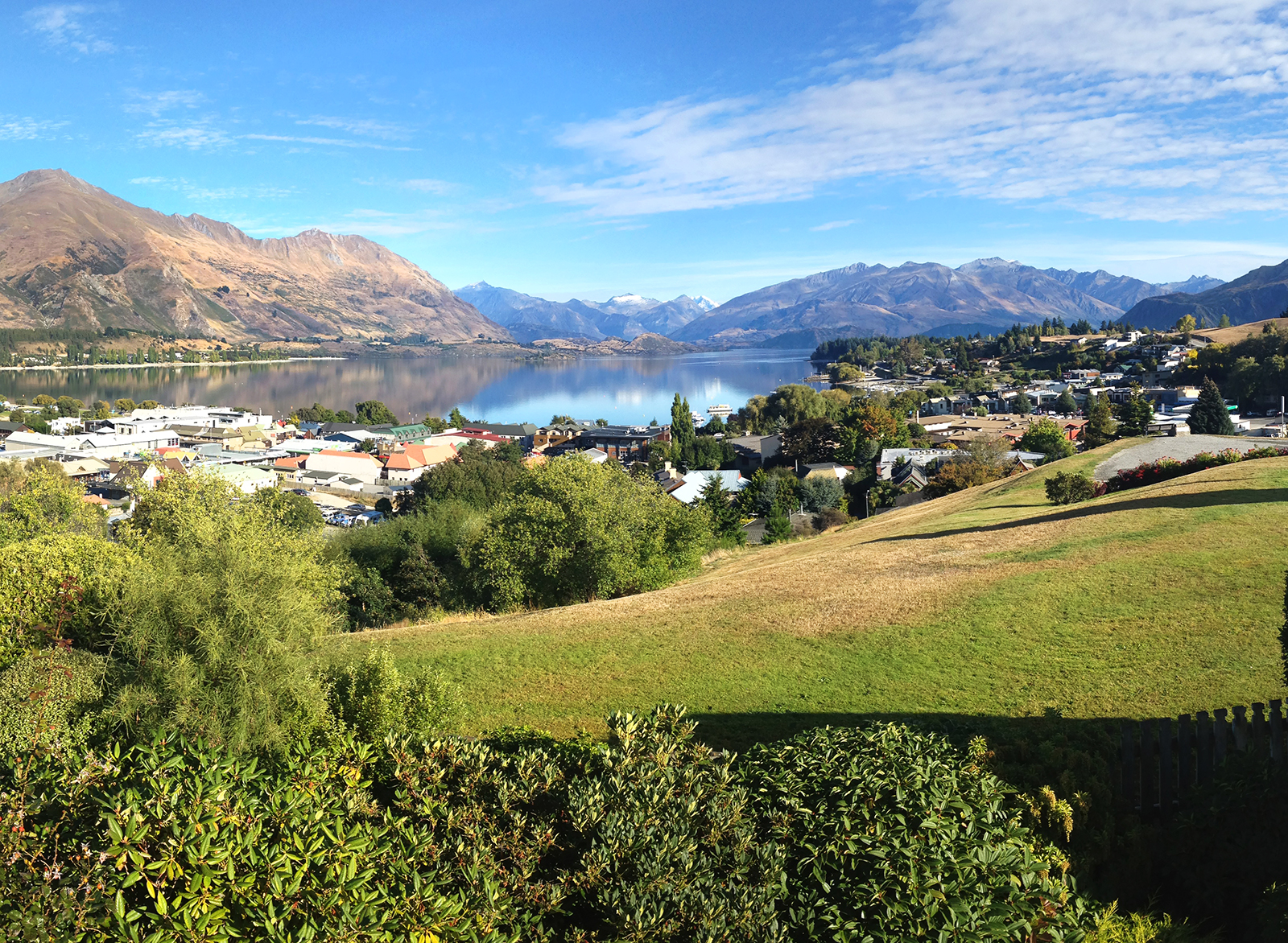 Wanaka >>
Wanaka >>
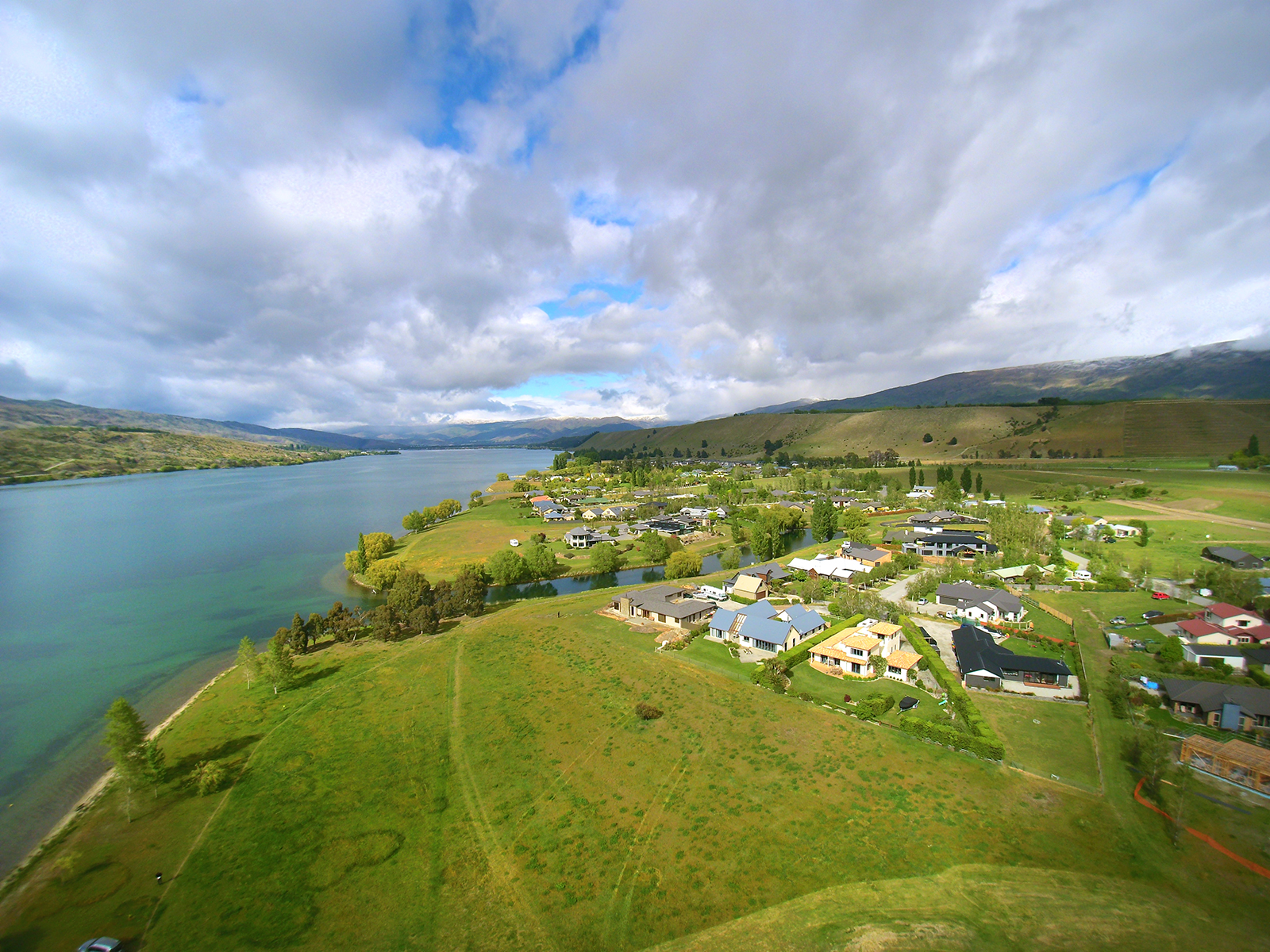 Pisa Moorings >>
Pisa Moorings >>
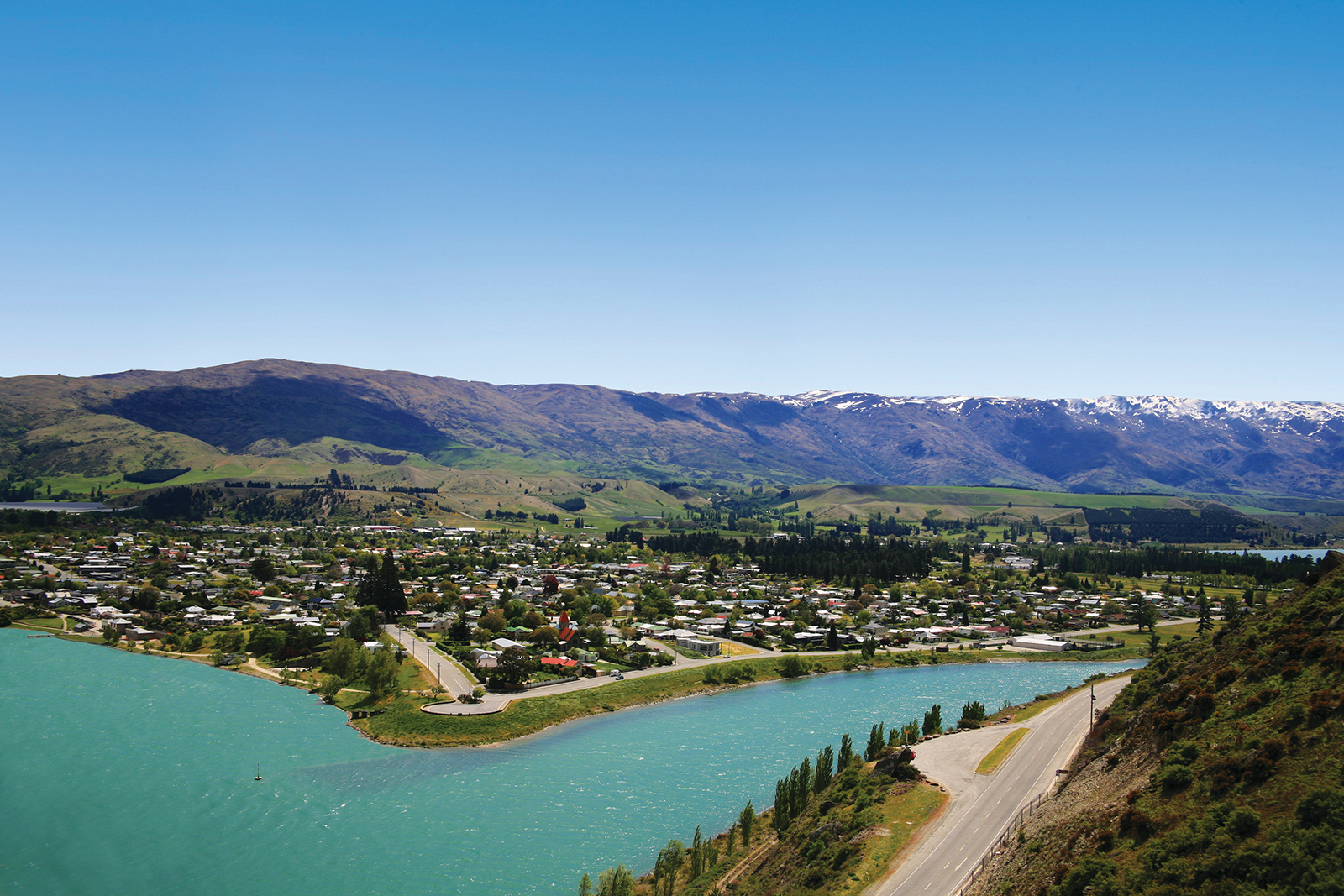 Cromwell >>
Cromwell >>
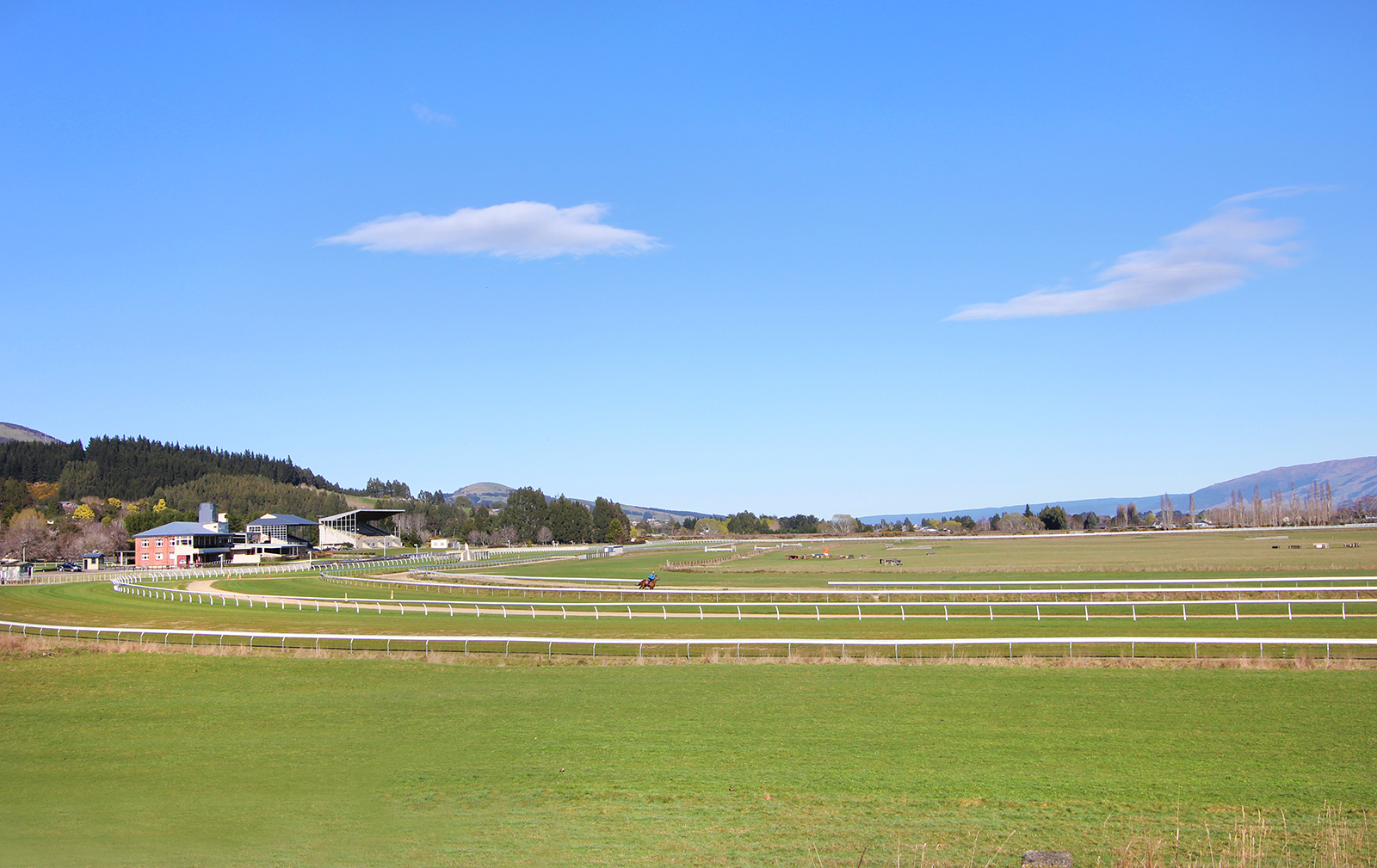 Wingatui >>
Wingatui >>
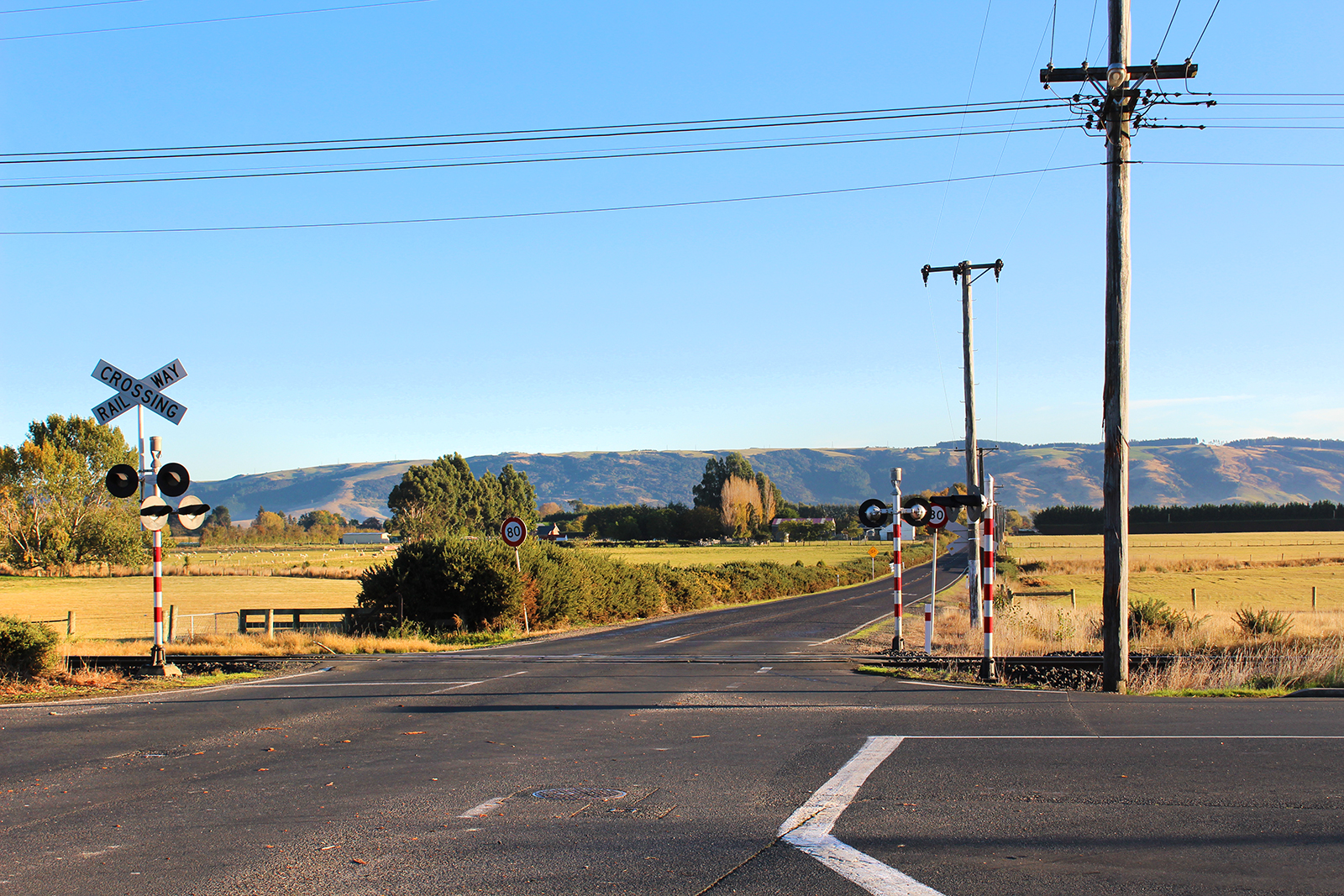 East Taieri >>
East Taieri >>